The Erdődy Chamber Orchestra has an innovative spirit in many ways, says violinist, concert master and artistic leader Zsolt Szefcsik, who is also a founder of the group. Their goal is to have a repertoire of 18th century Hungarian pieces that are usually not played in Hungary. Later, contemporary composers also started to cooperate with the orchestra that sometimes plays at rather unusual places. Since its founding 25 years ago, the orchestra played an important role in Polish-Hungarian cultural connections. They are going to give their jubilee concert in the Müpa on 13th November. On this occasion, we talked to Zsolt Szefcsik.

How do you perceive the last 25 years?
I think it was successful. We brought a lot of novelty in Hungarian music, mostly regarding our repertoire. Most of us are members and section leaders of Budapest orchestras or Music University students, and we play project-wise. This is a great advantage as everyone likes playing with an experimenting mind, and they come to work with us because of our high standards and repertoire. Our rehearsals are fun, and we reach for the highest quality possible. Our locations are also a bit of unusual for Hungarian concert life: baroque churches, chateaux, and so on.
Why did you choose this name?
For several reasons. First, we started our work with the help of the Institute for Music Theory who have their headquarters in the Erdődy Palace of the Buda Castle. They gave us copies of works of Hungarian composers that have never been played before. And we also nod in front of the historical family Erdődy, as they were great patrons of music, but nowadays usually only known for Haydn’s violin concertos dedicated to them.
How come that you are so attracted to Polish music?
We have had a good relationship with the Polish Institute Budapest and they requested the first Polish pieces. As for Hungarian and Polish music, both 20th century and contemporary music is very similar. Polish 20th century violin repertoire is very strong but almost unknown in Hungary. We are going to publish our 15. album soon, having Polish and Hungarian pieces on it. Also, we give a lot of guest concerts in Poland, mostly with a repertoire of Hungarian works.

What was your favourite concert from the last 25 years?
We were very excited to be playing in a huge French cathedral in 2001 at the Île-de-France Festival, and Le Monde published a very positive review about our concert. But there was also a concert in Rome at a church music festical on the Capitolium in the Santa Maria in Aracoeli Church, in front of a full house. At both places, we played Hungarian works. And two of our albums are awarded by French Le Monde Musique, both containing pieces that we discovered and did their very first recording.
At the November concert, you play works of composers who also do film music. Do you see any huge difference between concert and film music?
Works by Miklós Rózsa and Wojciech Kilar have a clear film music attitude, which has a positive influence on chamber music pieces. Miklós Rózsa fought hard against being perceived as nothing but a film music composer and wrote more than forty pieces to be played in concert halls. But they are not very well known. Such is Concerto for String Orchestra, which we rediscovered some years ago, recorded, and are now preparing for the concert.
Polish composer Simon Laks has a very dramatic and traumatic life story. Has his time in Auschwitz influence Simfonietta?
No, he wrote this before that, in 1936. He spent a huge part of his life in France and wrote this piece there as well. I’m very much attached to his Neoclassicism from the 1930s.

They say he gives a great amount of freedom to interpreters, so they are heavily influenced by each musician who plays them. Is that really so?
Not with every work; for Simfonietta, for instance, he wrote clear instructions. It has a simple structure but its harmonies are very interesting, full with special modulations and melody lines. Pieces of this concert are in a dialogue, by the way. This piece is very similar to Levente Gyöngyösi’s new one, which also has a classical form.
Wojciech Kilar’s Orawa is, on the other hand, a symphonic poem for 15 string instruments. How can you be good in so many different genres?
Well, this concert will be an interesting experiment. It only has works from the 20-21. centuries, but it is still diverse. Orawa is individual in its kind for being repetitive. Some melodies don’t really change for long parts, and then suddenly take a dramatic twist. I like it very much and the audience also approves it, as it shows the landscape of the Tatras through strong images of mood.
Kilar said that this is his only piece he have never edited again. Is it that perfect?
It is, in every regard.
And what can we know about the world premiere of Divertimento No. 3 by Levente Gyöngyösi?
He wrote this piece of three items and a classical consruction for our orchestra. He starts off with a traditional form – like a sonata as the first item – and “rethinks” it in harmony, and he also grew giant contrasts in dynamics and tempo. At certain points, even motionless silence has a great role in the piece. It is a modern piece that refers to long-term traditions.

Sopra canti diversi by György Orbán is also in the repertoire.
The title means ‘for various songs’. György Orbán has written two cycles of string orchestra pieces: the Razumovsky cycle with three pieces and the Kájoni cycle that he just completed in the recent years. Latter consists of four works, we already played three of these, and Sopra canti diversi is the title of the third one. All parts of the cycle connect to the life work of János Kájoni, melodies collected and composed by him, and the third piece includes Transylvanian folklore that was present during Kájoni’s time. It uses a Romanian, a Saxon, and a Hungarian folk melody. György Orbán’s usual tasteful, delicate and humorous ways are absolutely present here. Both traditional and modern, and serious in technical terms, a real challenge for presenters. Sadly, Orbán’s works are still not widely known, but I’m positive you just have to listen to any of the string pieces to get to like them.
What could be an alternative title for the whole concert?
These are the pieces that we reflect on the most nowadays, so we could call the concert Some Favourites of the Erdődy Orchestra as well.
How can you manage the Budapest Festival Orchestra AND the Erdődy Orchestra at the same time?
The biggest challenge is the time management. And I also have my family, I also want to spend a lot of time with them. Otherwise, my life can only be full with the current multitasking.
You had another jubilee concert – in Poland. How did audience react there?
It was in the Great Hall of the Warshaw Philharmony on the 10th of October. The most reputable concert location in the country – a big deal, isn’t it? I’m so happy that we can keep up with our parallel Polish and Hungarian musical projects. We are keen to show Hungarian music to Polish audience, and it succeeds a lot, as they always embrace it dearly.
Interview: Anna Rácz
Translation: Zsófia Hacsek

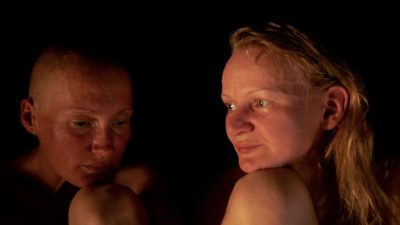
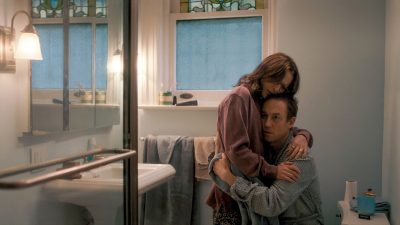
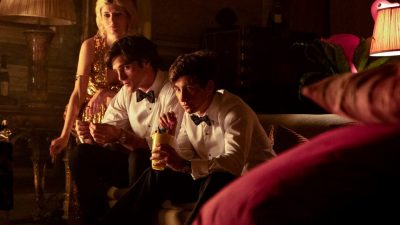
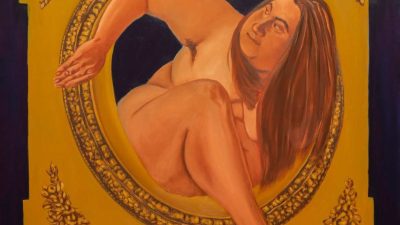
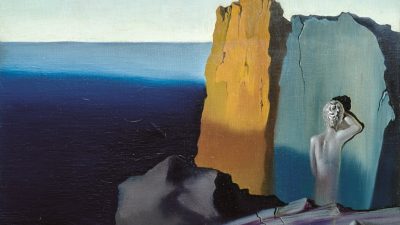



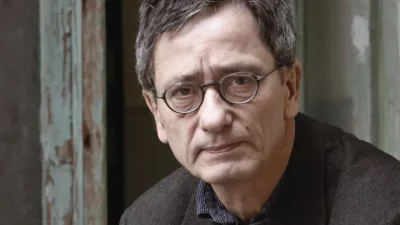



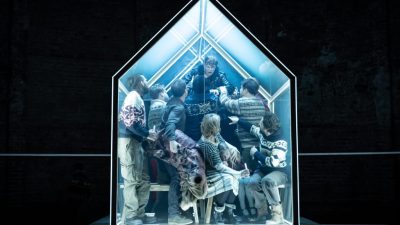






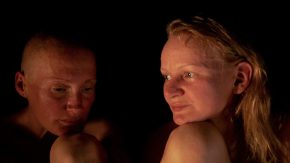
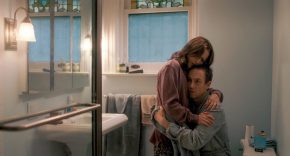

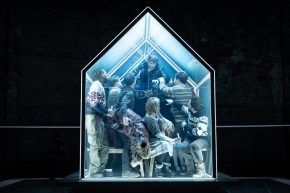


Comments